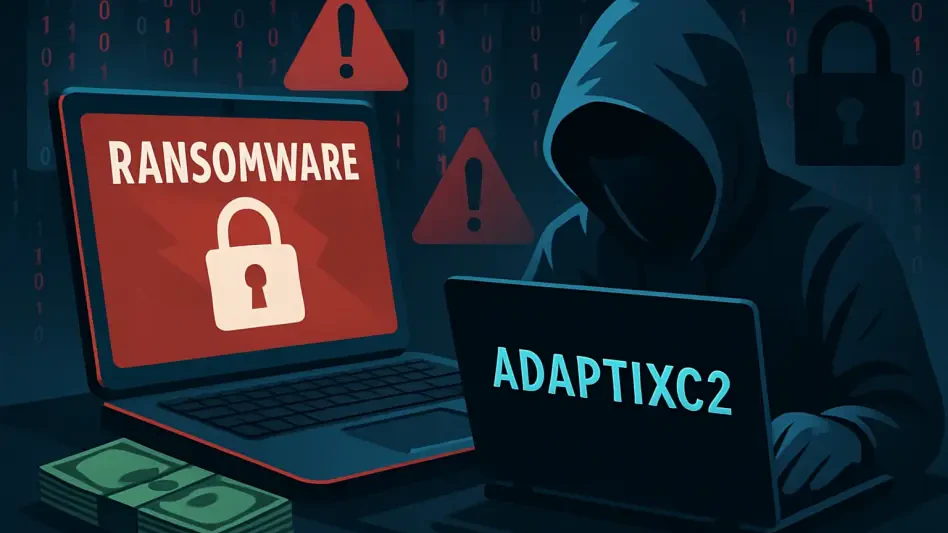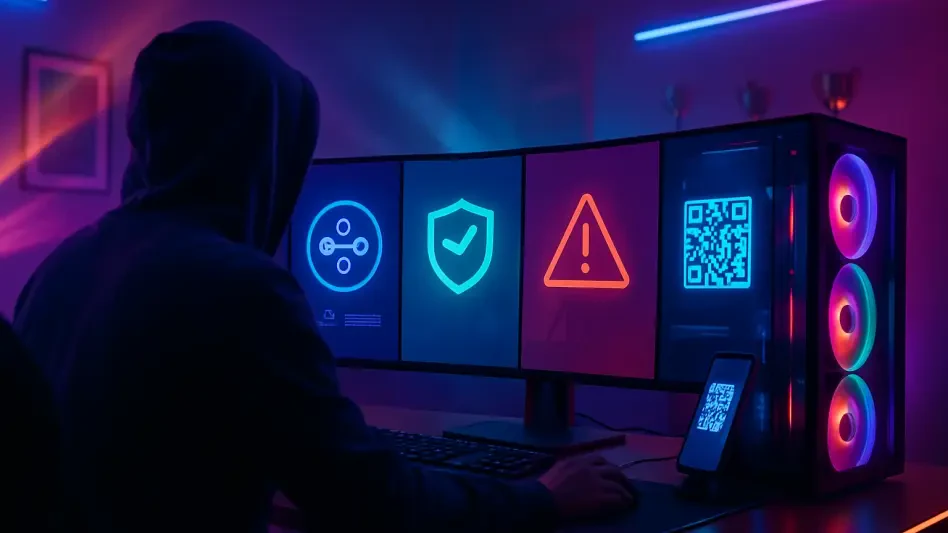In an alarming escalation of digital fraud, a major tech giant has taken a bold stand against a sophisticated network of text message scammers, thrusting the issue of phishing into the spotlight with a legal action filed in the U.S. District Court for the Southern District of New York. This lawsuit targets a phishing-as-a-service operation known as Lighthouse, allegedly orchestrated by 25 unidentified individuals believed to be operating from China. Accused of orchestrating SMS phishing—or “smishing”—attacks on over 1 million people globally, this group has deceived countless victims into divulging sensitive personal and financial information. By sending fraudulent texts that mimic legitimate alerts about unpaid tolls or pending deliveries, often exploiting trusted brand identities, these scammers have caused widespread harm. This lawsuit not only seeks to dismantle a specific criminal operation but also aims to highlight the broader threat of digital scams that erode consumer trust in online communications.
Legal Battle Against a Phishing Empire
The lawsuit filed against the Lighthouse operation accuses the defendants of violating multiple U.S. laws, including the Racketeer Influenced and Corrupt Organizations (RICO) Act, the Lanham Act related to trademark infringement, and the Computer Fraud and Abuse Act, a cornerstone of federal anti-hacking legislation. These allegations center on the group’s persistent phishing campaigns that have defrauded victims of millions of dollars while tarnishing the reputation of well-known brands through unauthorized use of trademarks and logos on deceptive websites. Beyond seeking monetary damages, the legal action requests a temporary restraining order to halt the operation’s activities immediately. Additionally, it urges the court to compel hosting providers to block IP addresses and domains linked to Lighthouse, aiming to disrupt the infrastructure that fuels these scams. This comprehensive approach underscores the severity of the threat posed by such organized cybercrime and the urgent need to protect vulnerable consumers from financial and personal data theft.
Equally significant is the broader impact of this legal maneuver, as it serves as a public warning about the pervasive nature of smishing attacks. The civil suit not only targets the perpetrators for their illicit actions but also strives to educate the public about the dangers of seemingly innocuous text messages that prompt users to click on malicious links or share sensitive information. Research cited in the lawsuit reveals the staggering scale of the operation, with over 200,000 fraudulent websites created in just 20 days, ensnaring more than 1 million victims across 121 countries. Such numbers highlight the global reach of these scams and the sophisticated tactics used to exploit trust in digital interactions. By pursuing this case, the tech giant hopes to set a precedent for holding cybercriminals accountable while encouraging individuals to exercise caution when receiving unsolicited messages, thereby reducing the likelihood of falling prey to similar schemes.
The Scale of Digital Deception
Delving deeper into the specifics of Lighthouse’s operations, external studies referenced in the lawsuit paint a chilling picture of the sheer volume of fraud orchestrated by this group. Between a 15-month period ending in late 2024, Chinese smishing syndicates, including Lighthouse, are believed to have compromised between 12.7 million and 115 million payment cards in the U.S. alone. During that same timeframe, over 32,000 phishing sites mimicking the U.S. Postal Service were launched, showcasing the meticulous and targeted nature of these attacks. These fraudulent platforms often replicate the look and feel of legitimate services, tricking users into entering personal details under the guise of resolving urgent issues. The breadth of this operation illustrates not only the technical prowess of the scammers but also the vulnerability of digital ecosystems where trust is a currency exploited by cybercriminals. Such revelations emphasize the critical need for robust defenses against evolving threats.
Moreover, the global impact of these phishing campaigns cannot be overstated, as they transcend borders and affect individuals from diverse backgrounds. The ability of Lighthouse to attract millions of victims in a short span speaks to the universal appeal of their deceptive tactics, often tailored to exploit regional or cultural nuances. For instance, messages about package deliveries or toll payments resonate with everyday concerns, making them particularly effective at eliciting responses from unsuspecting recipients. This level of customization in smishing attacks points to a well-organized network capable of adapting to different markets and demographics. As digital interactions continue to dominate daily life, the risk of such scams grows, necessitating heightened awareness and proactive measures to safeguard personal information. The data from these studies serves as a stark reminder of the challenges faced in combating cybercrime on a worldwide scale.
Pushing for Policy and Prevention
Beyond the courtroom, the tech giant is advocating for systemic changes to address the root causes of digital fraud through legislative reform. Support has been expressed for three key proposals: the Guarding Unprotected Aging Retirees from Deception (GUARD) Act, which aims to fund state and local investigations into financial scams targeting seniors; the Foreign Robocall Elimination Act, designed to curb robocalls originating overseas via a dedicated task force; and the Scam Compound Accountability and Mobilization (SCAM) Act, which seeks a national strategy to tackle scam operations comprehensively. These initiatives reflect a recognition that while lawsuits can target specific groups, broader policy frameworks are essential to dismantle the ecosystems that enable such fraud. By championing these measures, the company is calling for collaboration between government, industry, and law enforcement to create a united front against cyber threats.
In tandem with legislative advocacy, the emphasis on public education remains a cornerstone of this multifaceted strategy. Raising awareness about the tactics employed by scammers—such as impersonating trusted entities or creating urgency around fictitious issues—can empower individuals to recognize and avoid potential traps. The legal action against Lighthouse serves as a high-profile example of the consequences faced by cybercriminals, potentially deterring future perpetrators. However, the reality is that as long as digital platforms remain integral to communication and commerce, the incentive for fraud will persist. Therefore, fostering a culture of vigilance among consumers, coupled with stronger regulations and international cooperation, is vital to reducing the incidence of smishing and other phishing schemes. This dual focus on immediate legal remedies and long-term prevention highlights a comprehensive approach to a pervasive problem.
Reflecting on a Path Forward
Looking back, the legal pursuit against the Lighthouse phishing operation underscored the devastating reach of SMS-based scams that had affected millions worldwide. The sophisticated methods used to deceive victims, from mimicking trusted brands to creating thousands of fraudulent websites, revealed the urgent need for action. Yet, beyond the courtroom battles that were fought, the path forward demanded more than just targeting individual groups. It required a collective effort to implement stronger legislative measures, enhance public awareness, and foster international collaboration to disrupt the networks enabling such fraud. Encouraging consumers to adopt cautious habits when engaging with unsolicited messages emerged as a practical step, while supporting policies to address systemic vulnerabilities offered hope for lasting change. As digital fraud continued to evolve, the lessons from this case pointed to the importance of staying proactive in safeguarding an increasingly connected world.








